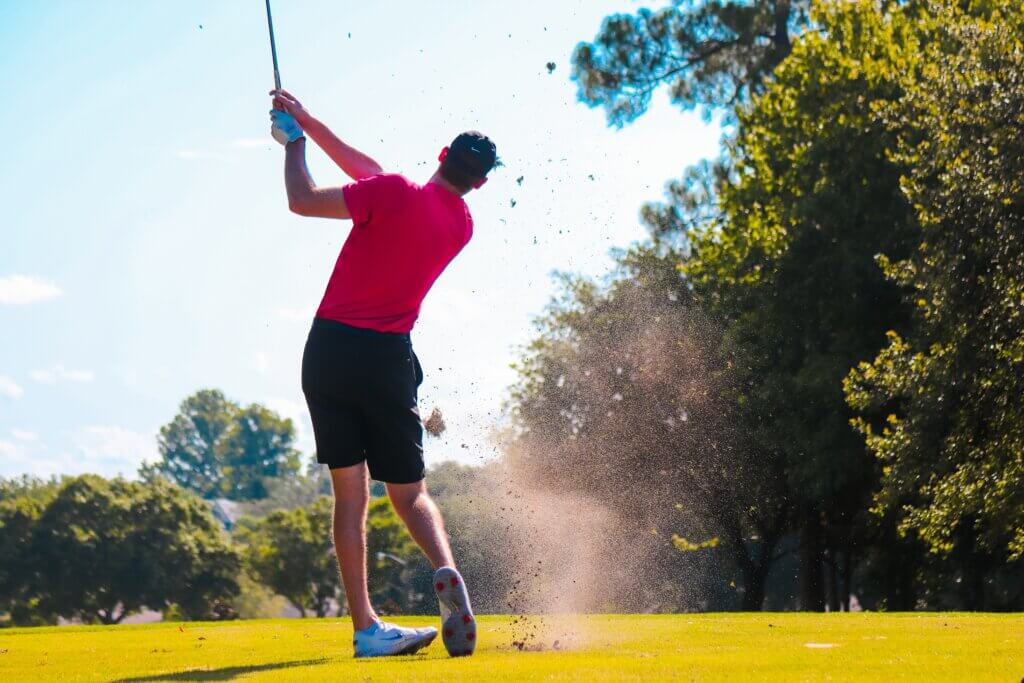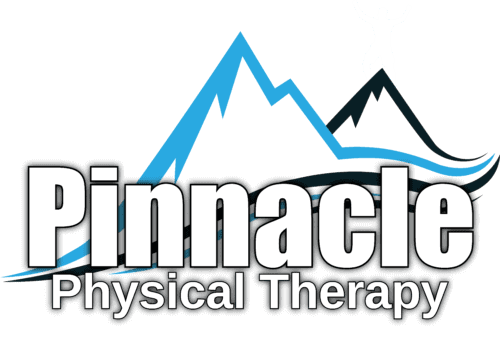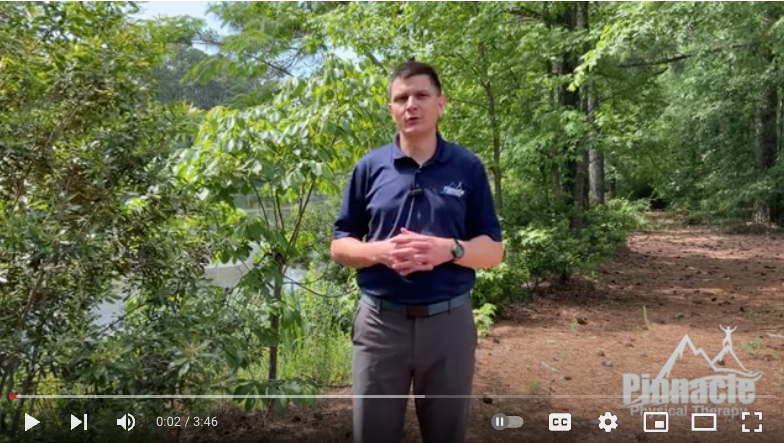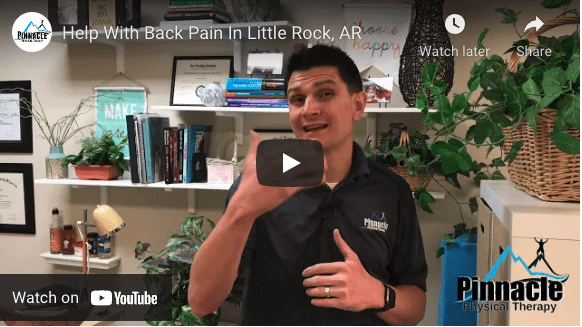The game of golf has changed. Athletes are coming to the sport with not only their diverse skill set but the knowledge with which to maximize the most of those skills and enhance their ability to play the game of golf. Tiger Woods, Adam Scott, and even athletes as early as Gary Player have revolutionized the way a golfer takes care of their body to help generate force into the golf ball.
So… how do we common men hit the ball further? I am not going to lie to you and say that all you have to do is work out in the gym 3 days a week–you also have to know what you’re doing, adding in instruction to learn the appropriate way to swing the club.
By working the muscles that both help generate force into the golf ball and absorb that force in, your body will learn to enhance your club head speed and therefore driving distance. Join Pinnacle Physical Therapy as we dive into what can help you up your golf game.

Forces In Your Body
Now, you might be wondering… Brian, what do you mean forces in your body? Did you know that the golf swing can empart as much as 6x your body weight through your lumbar spine? There is one particular study that equated the force created to an offensive lineman hitting a sled! If our muscular system is robust, we can use the muscles to absorb the forces of the swing and therefore protect our bodies from potential harm.
Now, how can working on your golf body help with more consistency? It is intuitive that the golf swing is a very complex movement. If it were not, we would hit the ball in the center of the club face every time. Part of a thorough golf-body assessment looks at your movement coordination. We call this motor control. Do you have an ability to disassociate your upper body from your lower body in the golf swing? X-factor is the angle that is created by your upper body turning more than your lower body. This helps to create tension in muscles that when released properly allow the body to generate great club head speed into the ball instead of your body. With the advent of 3D motion analysis, we can really get a glimpse as to how the body unfolds and the sequence it takes to really have consistent ball striking.
Optimal Kinetic Sequence
The kinematic sequence defines how the body parts move in the optimal golf swing. How do we know what is optimal? The best players in the world use this technology and we study the results of their data. When we start to see trends in how the best players in the world move, we try to emulate their movements. The optimal KS is when the pelvis initiates the downswing, often even before the upper body is finished turning away from the ball!
Next to turn is the torso, then the arms, then hands, and finally the club. We know this as the lag. What this is allowing our body to do is to release our bodies like a rubber band that snaps right at impact with the golf ball. Being able to feel and sequence our bodies appropriately is known as motor control and having an impairment in this ability will kill your consistency and power.

Appropriate Mobility
We know that this game is more than just about playing great golf. It is about the social aspect, being out in nature and being able to relax with a game that requires focus, strategic thinking, and sportsmanship. At the end of the day, though, we still want to be the player that rips the longest drive down the center of the fairway. As a movement specialist, my job is to ensure you have the appropriate mobility, stability, balance, strength, and movement coordination to play your best golf. My thorough golf assessment allows me to do just that! I find your specific impairments and then give a very specific intervention to address that impairment.
As a physical therapist who works specifically with golfers, my job is to lay a foundation of movement that you can then build upon over time. Rome was not built in a day! If you are on social media, you see the best players in the world–notably Vijay Singh–throwing tires, swinging sledge hammers or heaving medicine balls. What you don’t see is the years of foundational work it took to get to the point where his body could handle those functional exercises. Where I see people getting hurt is when they do too much too fast. They try to put the roof on their new home before the foundation is laid.
My job is to analyze your body to find your specific weaknesses, then educate you on what needs to be done to address those impairments, and finally empower you to know what needs to be done in the long term to continue to progress your golf body so that eventually you can throw tires like Vijay! To learn more visit: https://pinnacledpt.com/test-your-golf-body-little-rock-arkansas/ or give us a call at (501) 746-0140.


